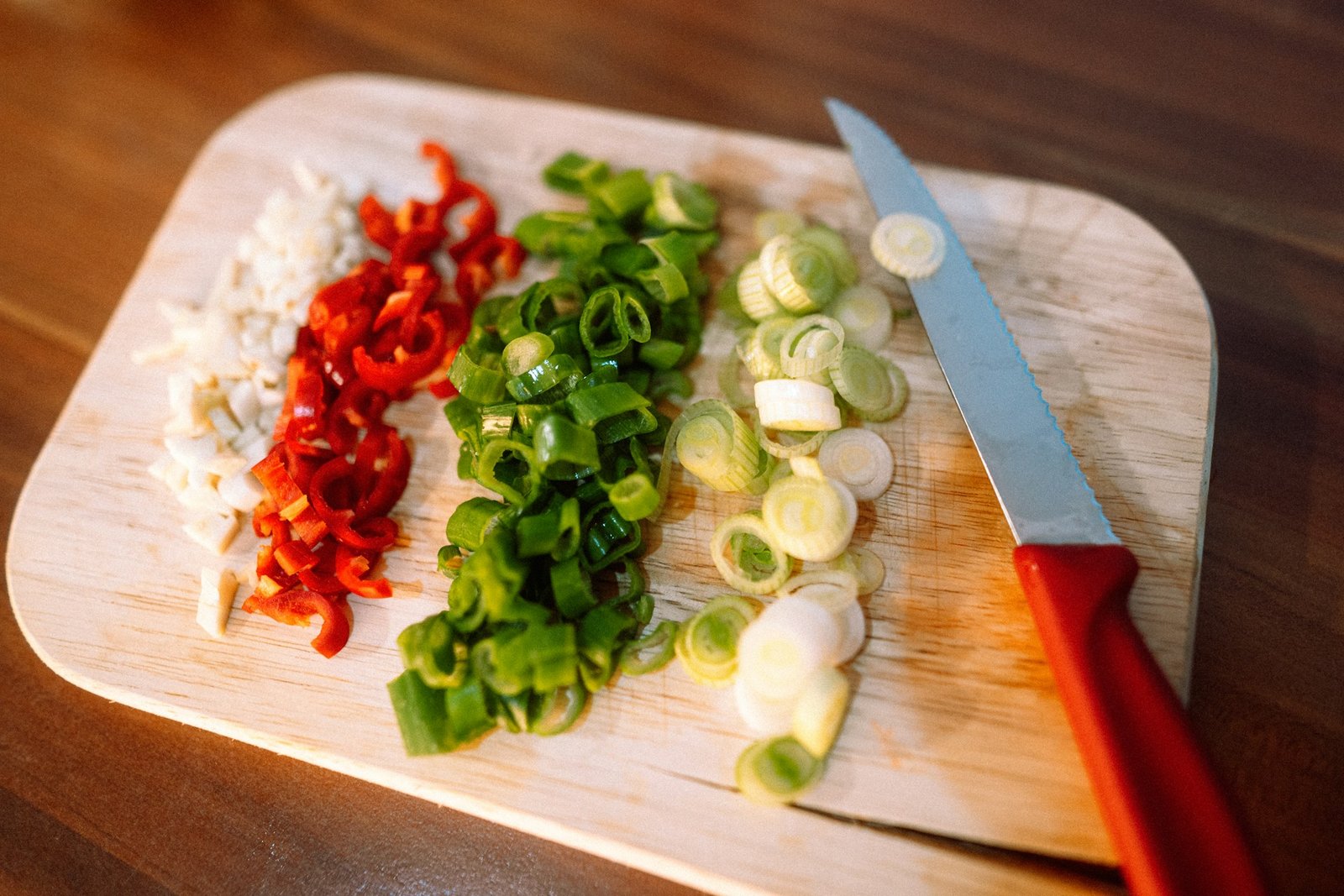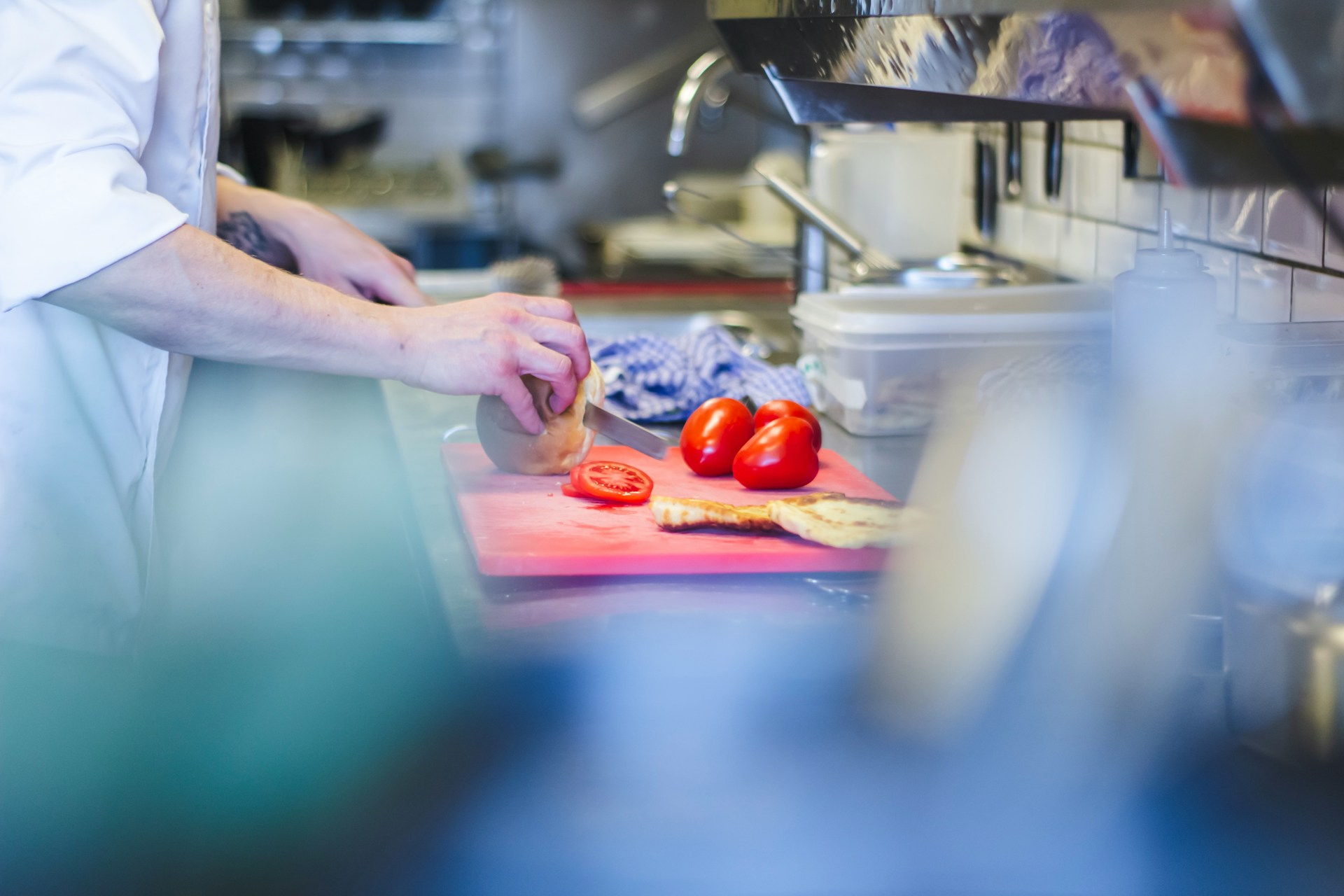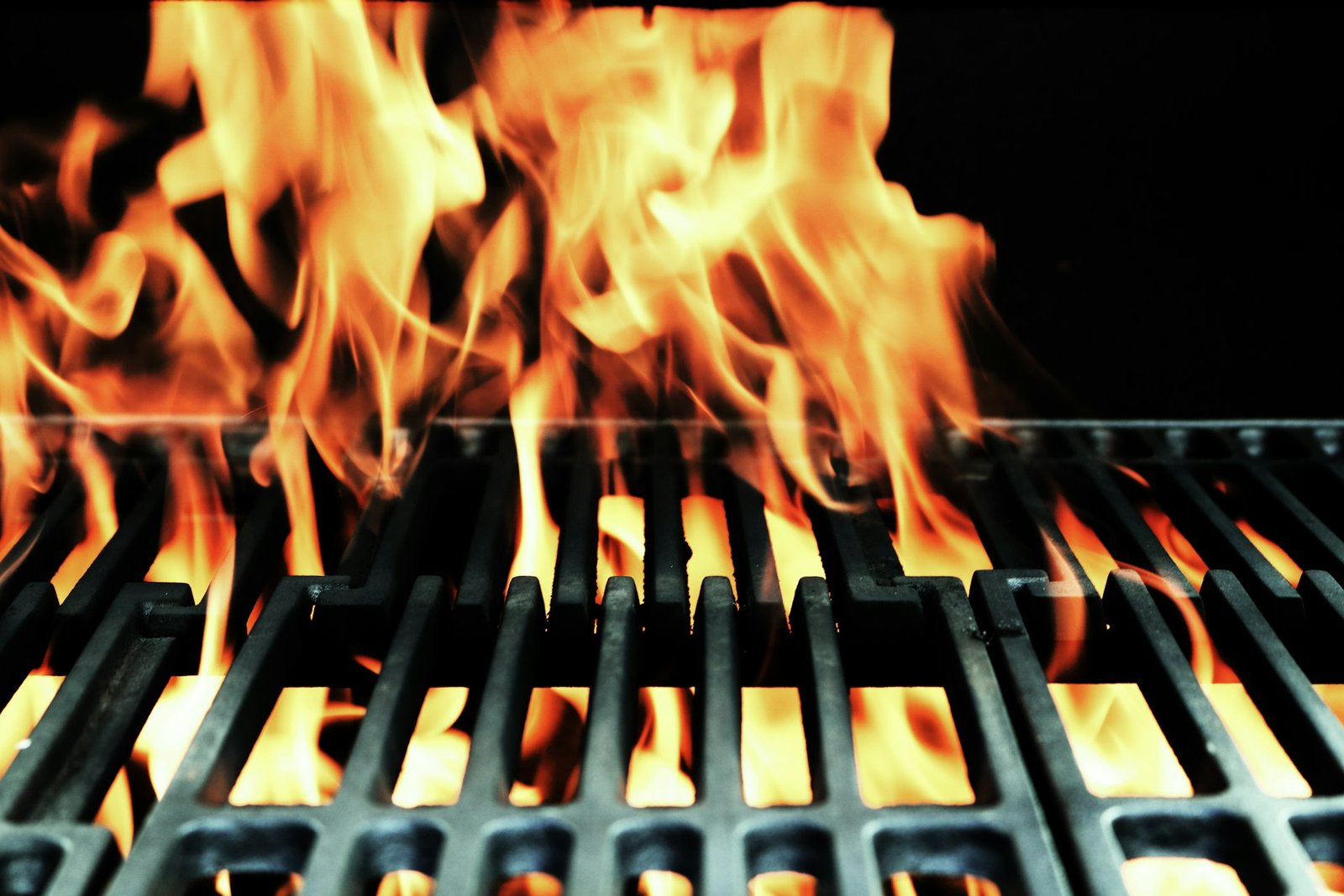
Navigating the Hidden Cost at Events: Food Preparation
When planning an event, whether it be a small gathering or a grand celebration, budgeting for food and beverages is a critical component that can drastically affect the overall cost.
However, what many fail to realize is the hidden costs associated with food preparation that can swiftly inflate your budget without warning.

From the unseen expenses in ingredient procurement to the labor costs of professional preparation and the equipment needed to serve dishes at the perfect temperature, these hidden factors can surprise even the most seasoned event planners. This blog aims to shed light on these oft-overlooked expenses, offering insights and strategies to manage the culinary budget effectively, ensuring your event is as delectable as it is economically savvy.
Bring Your Equipment To The Event
One strategy to mitigate the surprising spike in expenses related to food preparation is by considering the option to bring your equipment to the event. While renting or relying on a venue’s equipment might seem convenient, it often comes with hefty fees, not to mention the potential mismatch between your specific culinary needs and the equipment available. By bringing your bakery equipment for events, you can ensure that your dishes are prepared and served at the appropriate temperature, avoiding any costly mistakes. Additionally, bringing your equipment also allows for greater flexibility in menu selection as you are not limited by what is available on-site.
Menu Planning and Cost Considerations
Another pivotal aspect of controlling food-related expenses at events is meticulous menu planning with a keen eye on cost implications. By carefully selecting dishes that utilize seasonal and locally sourced ingredients, event planners can significantly reduce the cost of raw materials. Furthermore, opting for simpler dishes that require fewer ingredients can also minimize costs without compromising quality.
It’s essential to balance the variety and sophistication of the menu with the budget at hand; sometimes, less is more. Prioritizing dishes that are both appealing to the guests and economically viable can lead to a memorable event experience that doesn’t break the bank. Engaging in open discussions with your caterer or chef about budget constraints can also lead to creative and cost-effective menu solutions.
Beverage Selection and Pricing Strategies
Selecting beverages for an event requires a careful balance between offering variety and managing costs. An effective strategy involves curating a selection that complements the menu while also catering to a broad range of preferences. This can include a mix of alcoholic and non-alcoholic options, from sophisticated cocktails to refreshing mocktails and soft drinks.
To strategically manage beverage costs, consider implementing a limited bar rather than an open bar. A limited bar can offer a selection of wine, beer, and one or two signature cocktails, significantly reducing expenses related to alcohol procurement and consumption. Additionally, sourcing local or in-season beverages can further economize the overall spending.
Staffing Needs and Labor Costs
Another critical factor in managing the hidden costs of event food preparation is understanding and planning for staffing needs and labor costs. The complexity and scale of your event will directly influence how many staff members are required to prepare and serve food, manage the bar, and provide overall service to your guests. It’s imperative to strike the right balance between having enough staff to ensure smooth service and not overstaffing, which can unnecessarily inflate your budget.
When budgeting for staff, consider not only the wages but also any additional costs such as gratuities, uniforms, and potential overtime. Early engagement with your catering company or service providers can help clarify these costs and allow you to budget more accurately. Furthermore, training your staff on efficient service methods can reduce the need for a larger team by maximizing the productivity of each member.

In conclusion, managing the hidden costs of food preparation at events requires careful planning, open communication with your vendors, and a keen eye for detail. By considering factors such as equipment needs, menu planning, beverage selection, and staffing requirements, event planners can effectively control expenses without compromising on the quality of their culinary offerings. With these insights in mind, you can confidently navigate the potential pitfalls of food preparation costs, ensuring a successful and delicious event for all.







